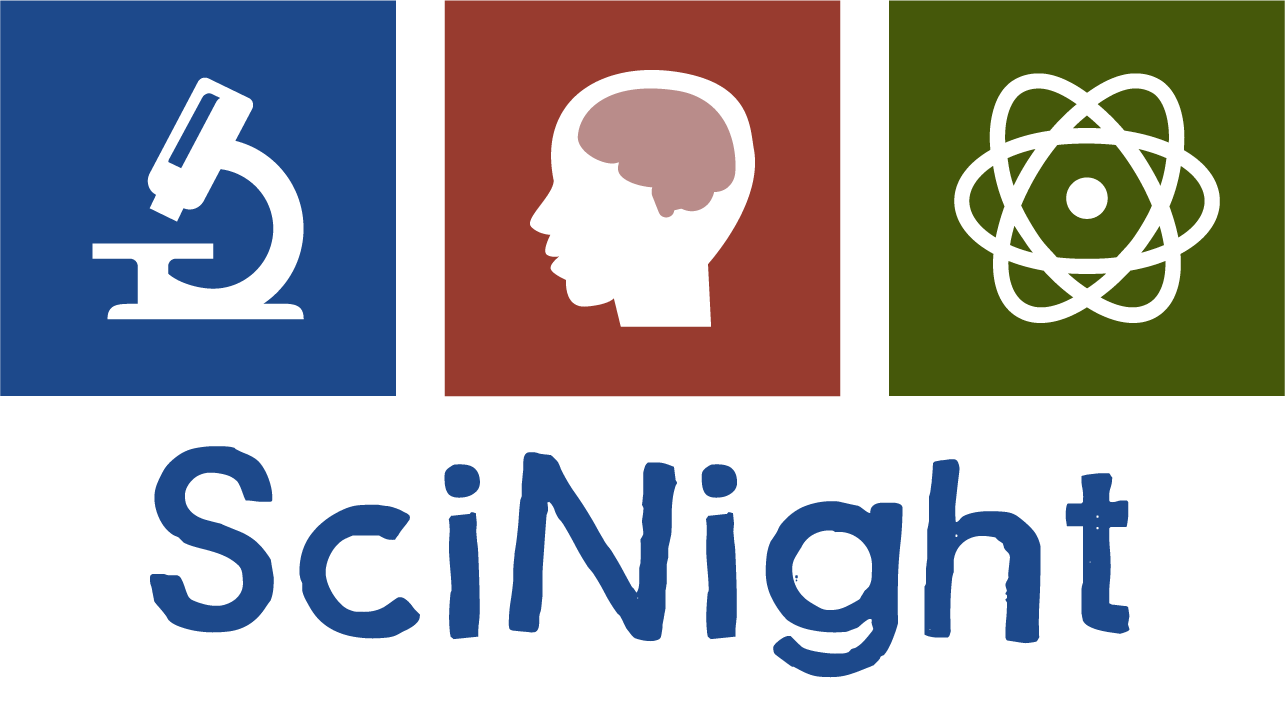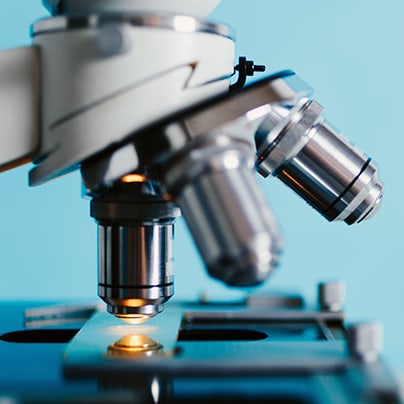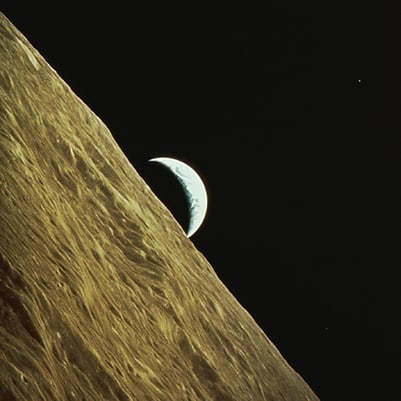6375 W. Charleston Blvd, Las Vegas, NV 89146 | +1-702-6517324 | Obscure_whiteley
A great way to learn how science works
What is It?
The SciNight Journal Club is an open forum in which students and faculty can meet to informally discuss primary scientific research articles.
During the Spring 2025 semester, the journal club will meet the first Tuesday of every month at 7:30pm on the West Charelston campus in room H301J. Please contact Chelsey.McKenna@csn.edu with any questions.

Format and Categories
Each SciNight session the article to be discussed will be posted on this website below. Download the article, read it, and come ready to discuss what you have learned with your fellow students and various faculty.
The articles will come from different disciplines within the sciences to address a variety of research interests here at CSN. The general topic of each session will be one of the following:

Biological Sciences

Physical Sciences
Schedule
| Date | Topic |
|---|---|
| Feb 4 | Physical Science |
| Mar 4 | Biological Science |
| Apr 1 | Physical Science |
| May 6 | Biological Science |
Upcoming Journal Articles
Upcoming Topics:
Feb 4
Flowers have multiple functions. They are the genitalia of plants, producing seed for future generations. They can visually attract pollinators, mechanically disperse pollen, absorb and focus sunlight to produce optimum temperatures for pollen tube growth, develop fruit to encourage other species to assist in seed dispersal, and in at least one case, they can encourage reproductive behaviour in a primate. In this paper, we learn that flowers can act as ears, detecting sound from flying pollinators and then enriching the sugar content of nectar.
Flowers respond to pollinator sound within minutes by increasing nectar sugar concentration
March 4
With the exponential increase of plastic production and use, what is all this plastic doing to us? How much is actually getting into our bodies? Where is it coming from? What can we do about it? Come to SciNight and find out what we know so far
Bioaccumulation of microplastics in decedent human brains
April 1
Driving the wrong way in traffic is bad, even if you are a moon.
May 6
A SciNight halfway to Halloween macabre special
Hawaiian caterpillar patrols spiderwebs camouflaged in insect prey’s body parts
